

Fire service historian and author
Roger Mardon

www.romar.org.uk
© Copyright Roger Mardon
www.romar.org.uk
All rights reserved

Eighty incident response units (IRUs) have been provided at a cost of £54m and they achieved full operational status from 30 April 2004. They are strategically located with fire and rescue services across England and Wales but remain the property of the Department for Communities & Local Government (DCLG) and are seen as a national resource that can be deployed anywhere in country as required. Scotland and Northern Ireland have procured their own IRU equipment which does not form part of the New Dimension stock.
The vehicles are required to provide a mass decontamination facility at the scene
of a chemical, biological, radiological or nuclear incident, whether as a result
of terrorist action or industrial accident. Each vehicle carries two MD1 mass decontamination
units, each capable of treating 200 persons an hour. Supporting equipment includes
disrobe and re-
The decontamination units are tent-
People requiring decontamination can preserve their modesty by undressing beneath
lined and hooded cloaks before moving into the heated shower units. They are then
provided with re-
Stretcher-
One inflatable MD4 firefighter decontamination unit is carried on the IRUs to enable the decontamination of fire and rescue service personnel in gas tight suits at the scene.
Equipment is stowed in twelve container pallets, stacked two high on the floor of
the vehicle, and unloaded two at a time by a Moffett Mounty M2003E forklift truck,
with 2-
Marshall SV of Cambridge was the prime contractor with overall responsibility for management of the project to design, develop and manufacture the vehicles themselves.
Four key vehicle elements made up the whole package -
- Chassis/cab (MAN)
- Body system and whole vehicle integration (Marshall SV)
- Electrical systems and communications (Auto Electrical Services)
- Equipment pallets (Marshall SV)
The vehicles are built on the 5.5m wheelbase MAN TG-
A specially-
It was a design requirement that the overall height of the vehicle did not exceed
3.3m due to the headroom restrictions in some fire station appliance bays. Handling
of double-
Auto Electrical Services (AES) were responsible for managing the provision of fully
integrated electrical and communications systems. The IRU’s radio communications
and electrical control systems are housed in a single cabinet at the back of the
cab, a feature made possible because there is no rear cab window. A mobile data terminal,
printer and touch-
The 80 IRUs were delivered to the Government in January and February 2004 and, as already noted, became operational by the end of April 2004. They are deployed as follows
|
Region |
Fire & Rescue Service |
Number of IRUs |
|
London |
London |
10 |
|
South- |
Berkshire |
1 |
|
Buckinghamshire |
1 | |
|
East Sussex |
1 | |
|
Hampshire |
1 | |
|
Isle of Wight |
0 | |
|
Kent |
2 | |
|
Oxfordshire |
1 | |
|
Surrey |
1 | |
|
West Sussex |
1 | |
|
South West |
Avon |
1 |
|
Cornwall |
2 | |
|
Devon & Somerset |
3 | |
|
Dorset |
1 | |
|
Gloucestershire |
1 | |
|
Wiltshire |
1 | |
|
East of England |
Bedfordshire & Luton |
1 |
|
Cambridgeshire |
1 | |
|
Essex |
1 | |
|
Hertfordshire |
1 | |
|
Norfolk |
1 | |
|
Suffolk |
1 | |
|
East Midlands |
Derbyshire |
2 |
|
Leicestershire |
1 | |
|
Lincolnshire |
1 | |
|
Northamptonshire |
1 | |
|
Nottinghamshire |
1 | |
|
West Midlands |
Hereford & Worcester |
2 |
|
Shropshire |
1 | |
|
Staffordshire |
2 | |
|
Warwickshire |
1 | |
|
West Midlands |
3 | |
|
Yorkshire & Humberside |
Humberside |
1 |
|
North Yorkshire |
1 | |
|
South Yorkshire |
1 | |
|
West Yorkshire |
1 | |
|
North East |
Cleveland |
1 |
|
Durham & Darlington |
1 | |
|
Northumberland |
1 | |
|
Tyne & Wear |
1 | |
|
North West |
Cheshire |
2 |
|
Cumbria |
1 | |
|
Greater Manchester |
2 | |
|
Lancashire |
2 | |
|
Merseyside |
1 | |
|
Wales |
Mid & West Wales |
2 |
|
North Wales |
2 | |
|
South Wales |
3 | |
|
Strategic reserves |
|
8 |
An IRU was transferred from Lincolnshire to Derbyshire in 2007.
The Isle of Wight does not have an IRU but it has been provided with a mass decontamination special module (MDS) which has an additional detection, identification and monitoring (DIM) capability.
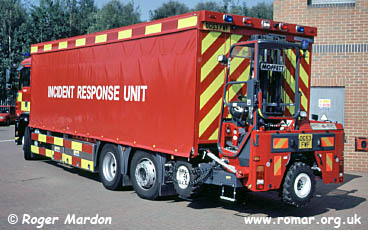
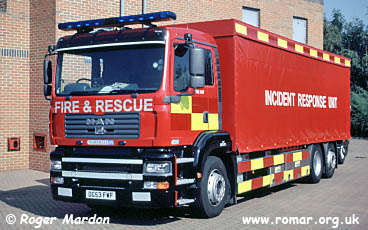
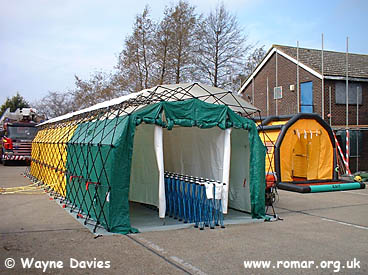
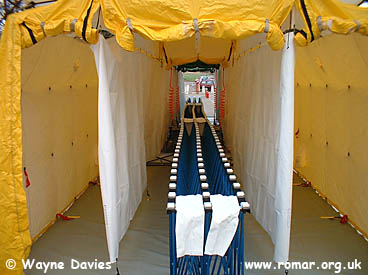
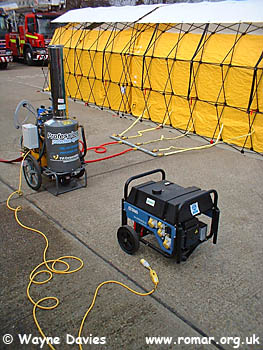
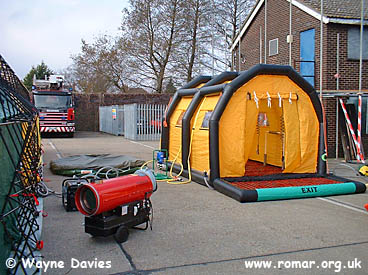
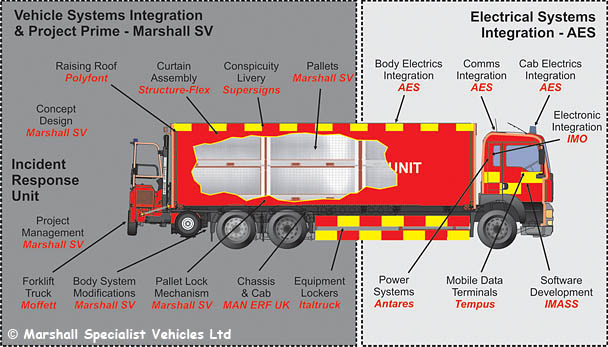
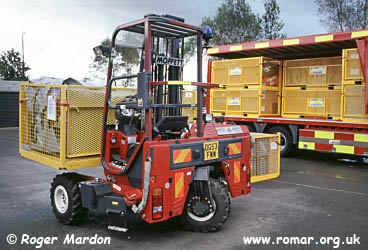
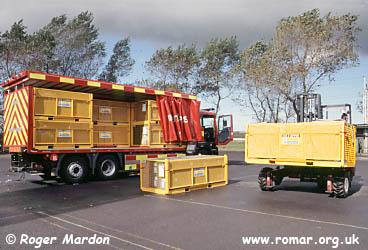
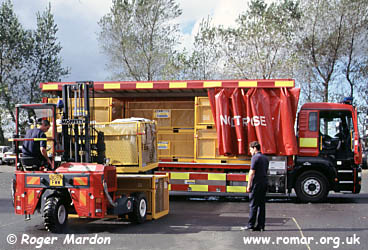
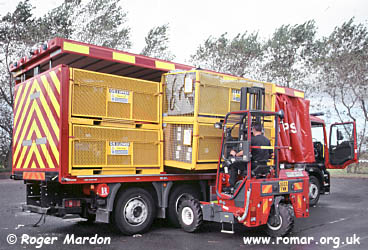
Incident response units
Back to top
Previous
Next